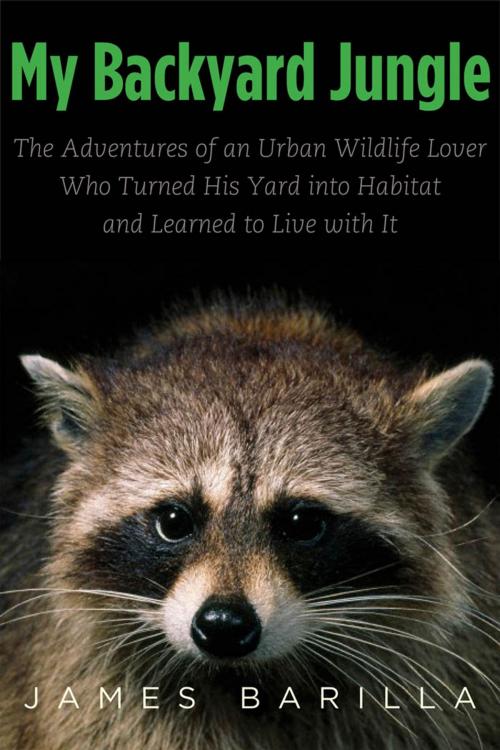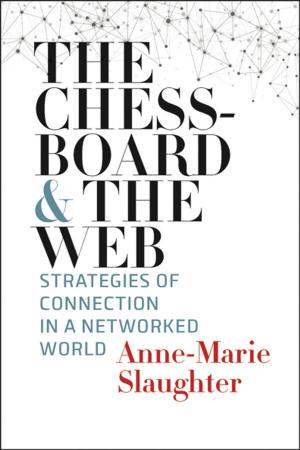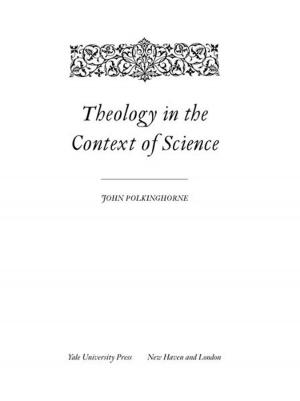My Backyard Jungle
The Adventures of an Urban Wildlife Lover Who Turned His Yard into Habitat and Learned to Live with It
Nonfiction, Social & Cultural Studies, Political Science, Politics, City Planning & Urban Development, Science & Nature, Nature, Animals, Wildlife, Environment, Environmental Conservation & Protection| Author: | James Barilla | ISBN: | 9780300185997 |
| Publisher: | Yale University Press | Publication: | April 22, 2013 |
| Imprint: | Yale University Press | Language: | English |
| Author: | James Barilla |
| ISBN: | 9780300185997 |
| Publisher: | Yale University Press |
| Publication: | April 22, 2013 |
| Imprint: | Yale University Press |
| Language: | English |
For James Barilla and his family, the dream of transforming their Columbia, South Carolina, backyard into a haven for wildlife evoked images of kids catching grasshoppers by day and fireflies at night, of digging up potatoes and picking strawberries. When they signed up with the National Wildlife Federation to certify their yard as a wildlife habitat, it felt like pushing back, in however small a way, against the tide of bad news about vanishing species, changing climate, dying coral reefs. Then the animals started to arrive, and Barilla soon discovered the complexities (and possible mayhem) of merging human with animal habitats. What are the limits of coexistence, he wondered?
For James Barilla and his family, the dream of transforming their Columbia, South Carolina, backyard into a haven for wildlife evoked images of kids catching grasshoppers by day and fireflies at night, of digging up potatoes and picking strawberries. When they signed up with the National Wildlife Federation to certify their yard as a wildlife habitat, it felt like pushing back, in however small a way, against the tide of bad news about vanishing species, changing climate, dying coral reefs. Then the animals started to arrive, and Barilla soon discovered the complexities (and possible mayhem) of merging human with animal habitats. What are the limits of coexistence, he wondered?
More books from Yale University Press
We use our own "cookies" and third party cookies to improve services and to see statistical information. By using this website, you agree to our Privacy Policy















